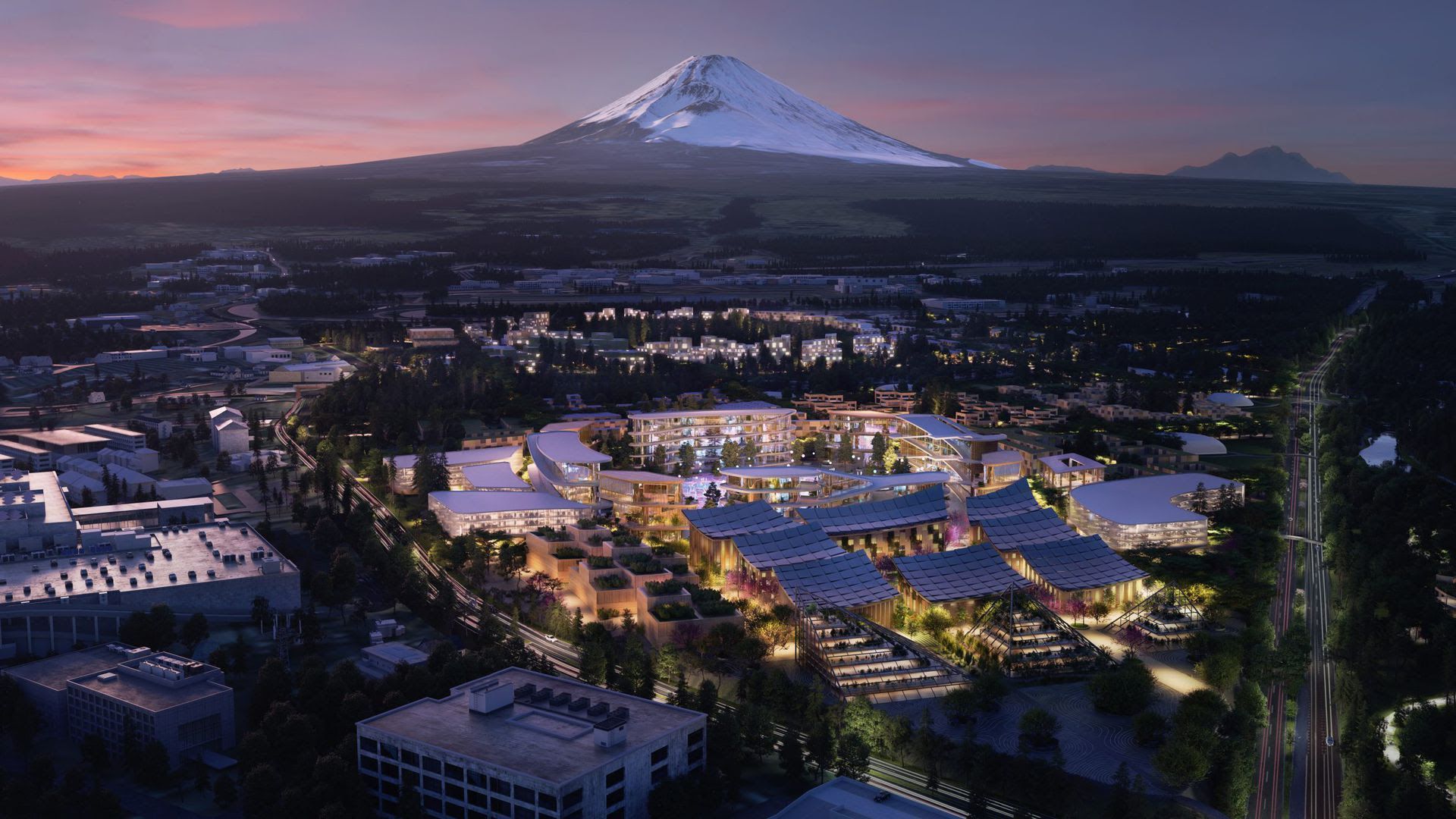
In China and Japan, high-tech cities are being developed as living laboratories to test automated vehicles, robots and artificial intelligence.
Why it matters: The real-world incubators could help accelerate the development of infrastructure and related ecosystems needed to support self-driving cars, at a pace the U.S. potentially can't match.
- Private AV testing facilities exist in places like Michigan, Ohio and California, and some companies are even testing AVs on public streets in Phoenix, Pittsburgh, Miami and other cities — but only in small numbers.
- The U.S. has no large-scale testing environment on par with what the Chinese government or even Toyota are planning for the integration of humans and robots in daily life.
- Nor is it clear the federal government — or any private corporation, for that matter — could afford to fund such an effort.
- The Trump administration prefers a light-touch approach to regulating AVs and artificial intelligence, a position that was reinforced last week when Transportation Secretary Elaine Chao announced modestly updated AV policy guidelines.
Yes, but: It's a different story elsewhere in the world.
China's Xiongan New Area project, near Beijing, is part of the central government's ambitious drive to lead in new technologies like AI and 5G communication.
- Announced by President Xi Jinping in 2017, the mega-city is being built in a rural area about 60 miles southwest of the Chinese capital, at a potential cost of $300 billion, according to Nikkei Asian Review.
- As part of the vision, every car would be self-driving by the time the city is completed in 2035.
Woven City, near Japan's Mount Fuji, is a much smaller project — just 175 acres — that is being led not by the government, but by one of its leading industrial giants, Toyota Motor Corp.
- The master plan calls for dedicated streets for AVs, personal mobility vehicles and pedestrians to help accelerate the testing of autonomy.
- Only fully autonomous, zero-emission vehicles like Toyota's e-Palette shuttles, would be allowed on the main thoroughfares.
If the U.S. were to build a similar prototype city, it would need to invest or direct billions of dollars in advanced technologies like 5G, vehicle-to-vehicle communication, electric charging infrastructure and vehicle automation in an area with a high population density.
- Cities like New York and Los Angeles need such innovations, but it's impractical and disruptive to rip up existing infrastructure and start over.
My thought bubble: Why not San Juan, Puerto Rico?
- Humanitarian issues must take precedence after a series of natural disasters, including earthquakes earlier this month.
- But its power grid is precarious and its infrastructure is a shambles.
- Rebuilding from scratch could make it an ideal environment to test cutting-edge technologies and give the local economy a boost, too.
Yes, but: Puerto Rican residents have to want to be test subjects, notes Michelle Avary, head of autonomous mobility at the World Economic Forum.
- "An active engaged citizenry that understands and agrees to testing, whether it be highly automated driving systems or installing microgrids, vehicle to grid, and EV charging stations, is crucial," she tells Axios.
- After hurricanes Irma and Maria, Tesla sent solar panels and batteries to the island but its plan to create a modern network of solar-powered micro-grids ran into regulatory and long-term planning hurdles.
The bottom line: Chao says the federal government is "all in" on the development of safe, future transportation. But with the world racing ahead, the U.S. is going to have to think bigger.


No comments:
Post a Comment